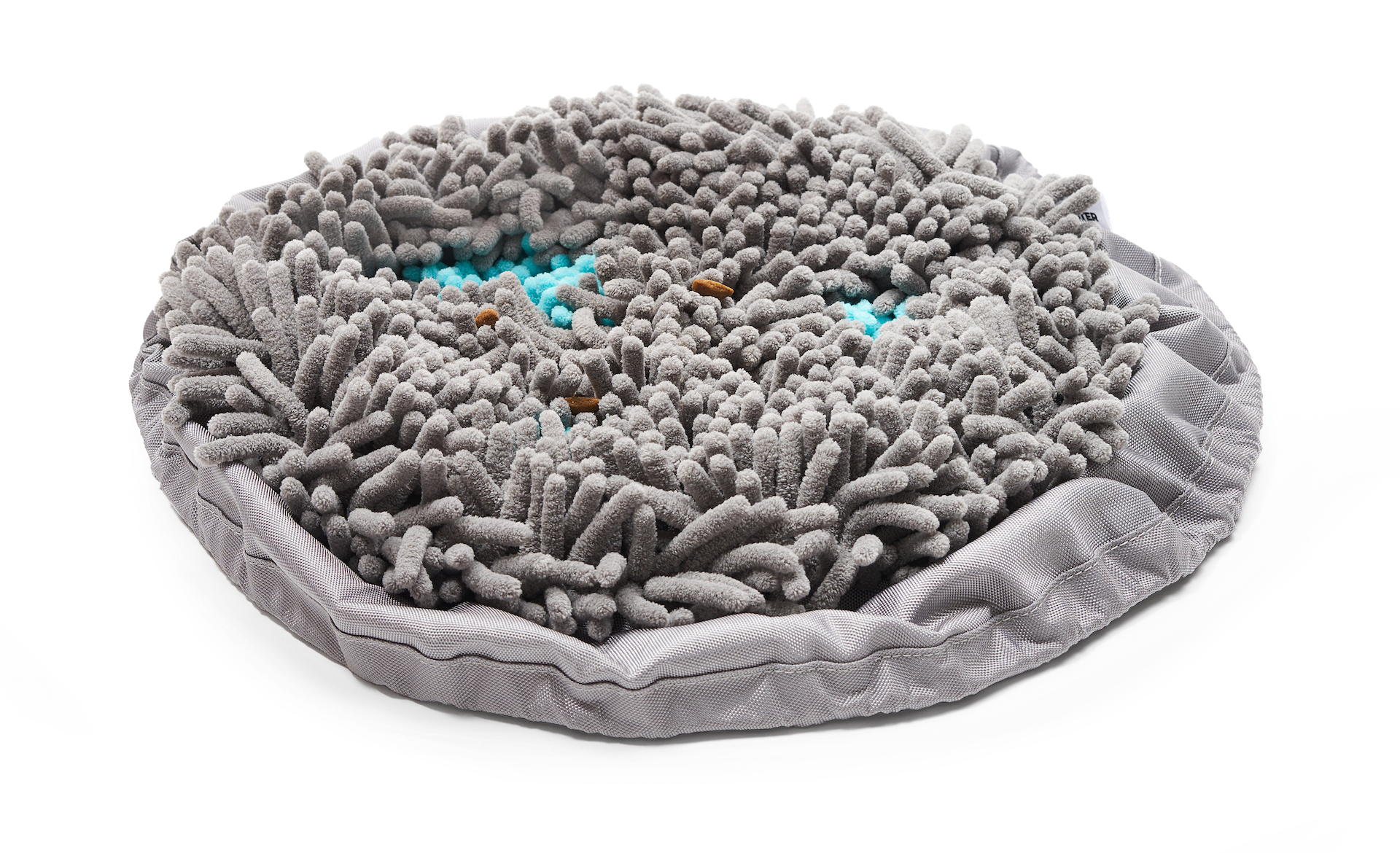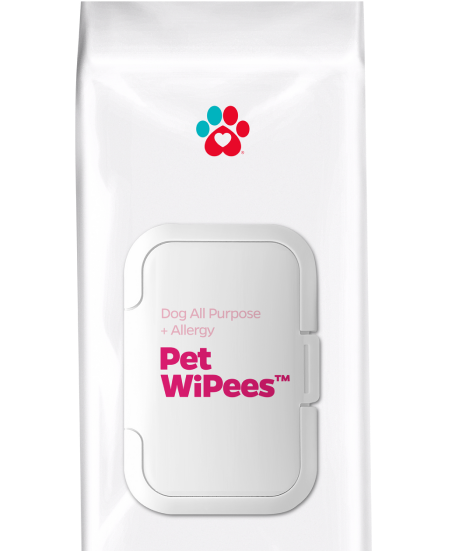Lyme disease in dogs is considered to be one of the major causes of death in dogs. This particular disease has been named Lyme disease when several cases of this disease took place in Lyme, Connecticut in the year 1975. It is caused by a spirochete bacterium identified as Borrelia burgdorferi that is commonly carried, spread, and transmitted by ticks to their host, in this case, your dog.
We know what you're thinking! That all you need to avoid the dreadful Lyme disease in dogs is to keep your dog away from exposure to ticks. Sounds easy and is a pretty convincing argument, but who are we kidding? Tick prevention is not that easy!
In this article, we’ll talk about what Lyme disease is, why it’s dangerous, and ways you can do to help cure or prevent the disease from taking control over your furbaby's life.
How Will My Dog Get Lyme Disease?
When an infected tick bites your dog, the bacteria is passed on. Ticks are not hatched already carrying the bacteria that cause the disease. They get it when they feed on infected hosts (like mice or deer). The bacteria stay in their gut and when they feed again (this time on your dog), the bacteria are now on the salivary glands and is spit out into your dog's bloodstream. Note that an infected tick must be attached for 36 to 48 hours or more before the Lyme disease can be transmitted to your dog, this is according to Centers for Disease Control and Prevention.
"Ticks don't always have spirochete bacteria. They get it by feeding on infected hosts."
Additionally, VCA Hospitals states that once in the blood stream, the Lyme disease organism is transported to many parts of your dog’s body and is likely to primarily affect the joints and kidneys.
Furthermore, your dog is not the only one that gets infected by Lyme disease because you can be infected, too. Yes, people can acquire it, but not directly from dogs. Humans get it if the infected tick that bit your dog bits you, too. This is why tick prevention is very important for both you and your furbaby.
What Are The Signs of Lyme Disease?
Are you thinking your dog might have lyme disease? Lyme disease is easy to spot and detect in humans as the bitten area develops a bull’s eye rash within 3 to 30 days. But not in dogs. Lyme disease is harder to spot in animals as they don’t develop a rash. Depending on the state of lyme disease your dog is in, here are signs of lyme disease in dogs and symptoms to look for:
Acute Lyme.
Symptoms of acute lyme disease in dogs include fever, lethargy, fatigue, loss of appetite, swollen nymph nodes, joint pains, shifting lameness between legs.
Subacute Lyme.
Signs of subacute lyme disease in dogs includes persistent lameness in dogs, inflamed joints, persistent arthritis.
Chronic Lyme.
Symptoms include cardiac signs, difficulty in breathing, neurological signs, seizures, kidney damage, sometimes death
Is There A Way to Treat Lyme Disease in Dogs?

Before treating lyme disease in dogs, it should be properly diagnosed by your veterinarian to know what's the best plan for your dog and his lyme disease stage. Clinical signs shown by your dog will be treated to provide comfort and relief. For most cases of lyme disease in dogs, doxycycline is the best treatment. It is an antibiotic that is given during the full course of medication, usually four to six weeks. Other treatment can include minocycline, convenia and amoxicillin together with dietary management and supplements that support the kidney, gastrointestinal tract and joints.
When providing supplements, make sure you go with the high-quality ones that are made with branded ‘Super’ ingredients, like Pet Parents® Bladder SoftSupps®, Hip & Joint SoftSupps®, and Mutivitamin SoftSupps®. Pet Parents® Bladder SoftSupps® are made with organic licorice root that supports normal kidney detoxification. Pet Parents® Hip & Joint SoftSupps contain PurforMSM® & Balanced Kollagen® that promote overall joint health. Pet Parents® Mutivitamin SoftSupps contain beneficial ingredients, like PurforMSM®, that help promote powerful daily health support for your furbaby. But always seek your vet’s advice first before giving your dog supplements as these may contradict with the prescribed medicines.
Though ticks are sometimes difficult to handle, it is best to keep your dog's environment clean by disinfecting once every two weeks, cutting your lawn grass short (as ticks dry out in direct sunlight), keeping him indoors, having him wear topical or collar tick preventatives, and preventing him from having direct contact with any stray animals lurking around.
Is There A Lyme Disease Vaccine?

Yes, there is a vaccine for this but it works differently since there are different kinds of strains in different environments. The downside to this is that your dog should have a lot of antibodies in their system for the lyme disease vaccine to take full effect. This is because if your dog has been vaccinated for lyme disease in dogs, the antibodies from the vaccine will be entering the tick's system when it feeds on your dog and attack the bacteria—targeting them before they enter your dog's bloodstream and begin attacking different body parts. Another downside is that your dog will still get infected if another tick with a different strain feed on them.
Additionally, the American College of Veterinary Internal Medicine states that Lyme disease vaccines are not necessary as they are not part of the core group of vaccines a dog must receive. But it is recommended for dogs who live in areas or are regularly in areas that are recognized for Lyme disease or those areas with high tick population.
This is because if your dog has been vaccinated for lyme disease in dogs, the antibodies from the vaccine will be entering the tick's system when it feeds on your dog and attack the spirochetes bacteria - targeting it before it enters your dog's bloodstream.
Another downside is that your dog will still get infected if another tick with a different strain feeds on him.
Keeping lyme disease away from your dog is a hard task but keep in mind there is no problem you can't solve and no disease you can't prevent for your dog's chance of living a happy, healthy and lyme-free life!









